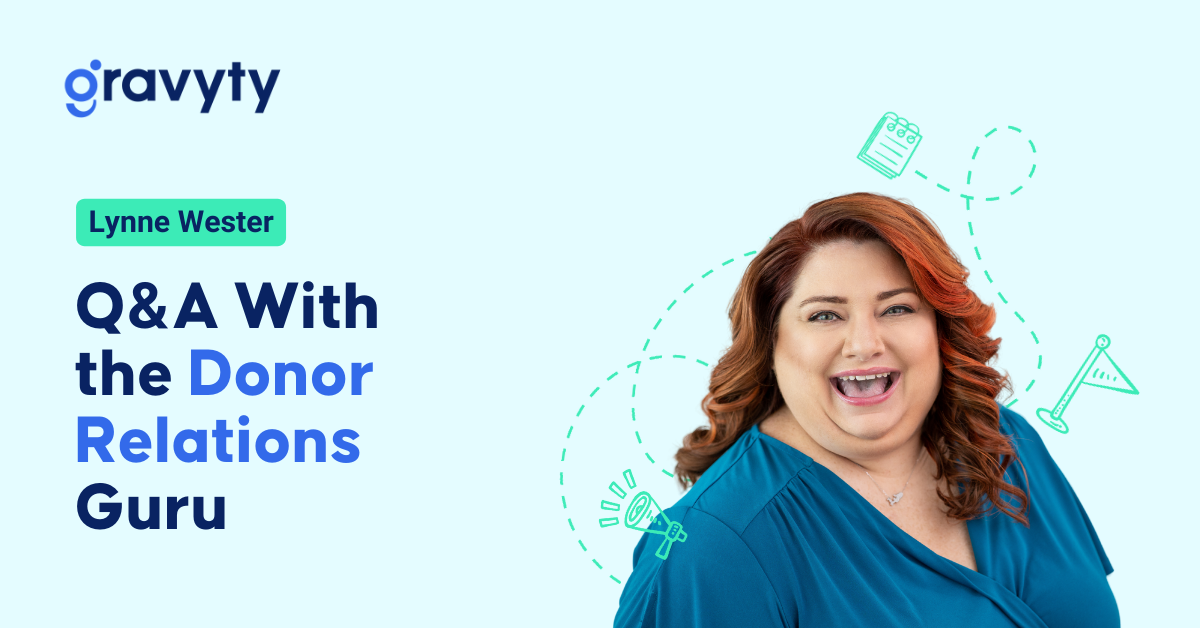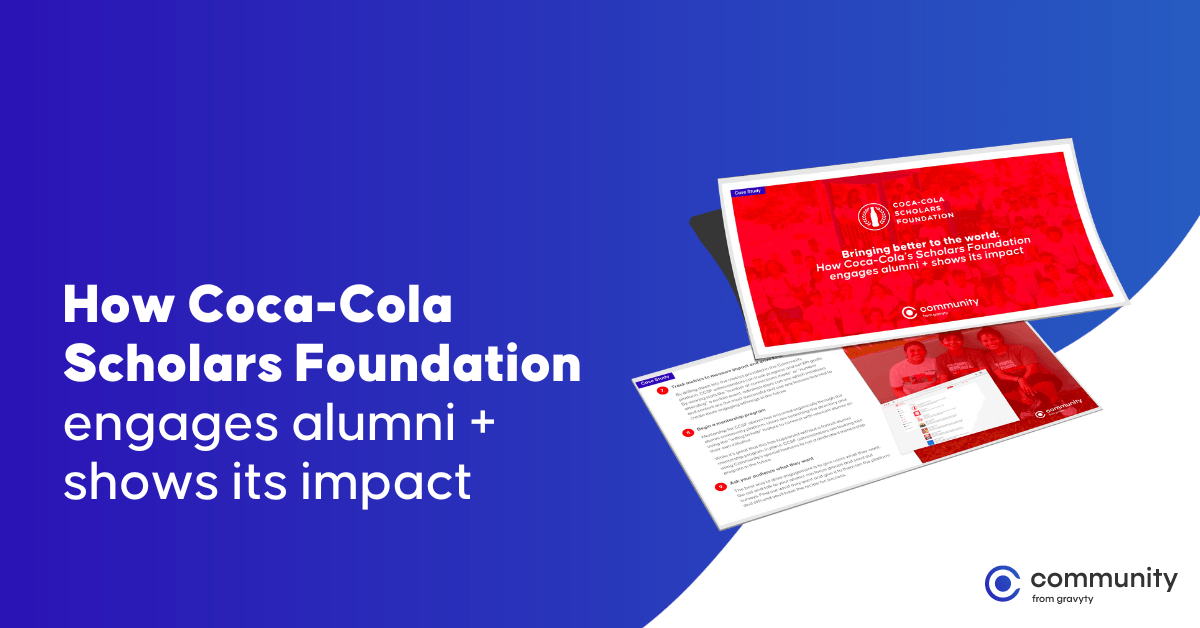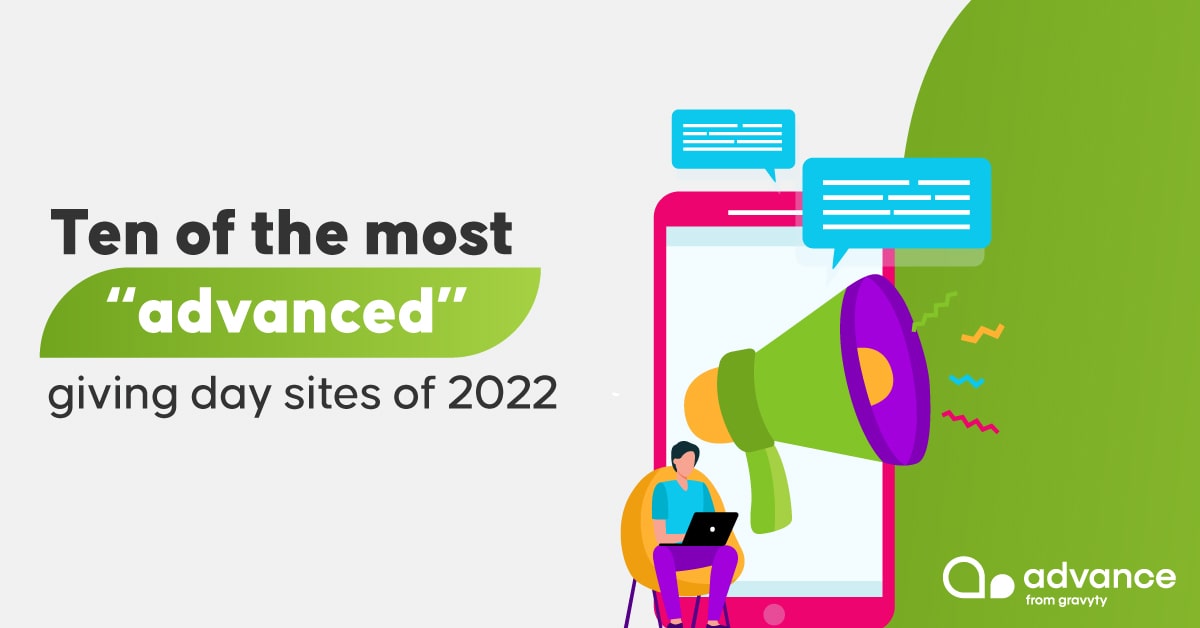Expert Q&A: Lynne Wester on what you need to know about donor retention in 2024

Laying the groundwork for a strong donor retention strategy
Donors are the lifeblood of any fundraising organization. Without the sustainable generosity of your biggest supporters, your organization’s ability to operate and succeed in your mission is nearly impossible. That’s why donor retention – or the measure of how many donors continue to donate to your organization – is so vital. To ensure sustainable and increased giving from valued donors, it’s important to build authentic and long-lasting relationships with them.
We sat down with Lynne Wester, Principal and Founder of The Donor Relations Group to chat all things donor retention. Here’s what she said.
Q: How can fundraisers personalize donor experiences?
Personalizing donor experiences is all about making each supporter feel uniquely valued and connected to your mission. Start by truly understanding your donors’ needs and motivations. Show them that their contributions are in good hands by promptly sending personalized thank-you notes and providing regular updates on how their gifts are making a difference. Create a sense of community by inviting them into exclusive giving societies or clubs and offering behind-the-scenes tours or special events that allow them to see the impact of their generosity firsthand. These touches make donors feel like insiders, part of your nonprofit family, which builds stronger, more personal connections.
Leverage data to segment your donors and tailor your communications to their specific interests and giving history. Highlight the benefits of recurring donations and celebrate these loyal supporters regularly to keep them engaged. Use principles from behavioral science, like social proof and reciprocity, to positively influence donor behavior.

Most importantly, cultivate a culture of gratitude within your organization—every interaction should leave donors feeling appreciated and valued. By focusing on these strategies, you’ll create personalized experiences that resonate deeply with your donors, fostering long-term loyalty and support.
Q: What does it mean to operationalize your donor retention strategy?
When we talk about operationalizing your donor retention strategy, we’re diving into the nitty-gritty of turning those high-level plans into actionable, everyday practices. It means integrating donor retention into every facet of your organization, from how you communicate to how you recognize and steward your donors. Start by setting clear, measurable goals for retention and ensuring everyone on your team understands their role in achieving these goals. Use data to segment your donors and personalize your outreach—tailored messages that resonate with each donor’s interests and history are key. Implement regular check-ins and updates to keep donors engaged and informed about the impact of their contributions.
Next, create a systematic approach to expressing gratitude and building relationships. This involves setting up a robust thank-you process, ensuring timely and personal acknowledgments for every gift, and planning ongoing stewardship activities that make donors feel valued. Regularly report back to donors with stories and data showing how their support is making a difference.
Use technology to track interactions and identify when a donor might need extra attention. By making donor retention a consistent, organization-wide effort rather than a one-time campaign, you’ll build stronger, longer-lasting relationships that keep your supporters coming back year after year.
Q: How can fundraisers boost their recurring or monthly donor strategy?
To start, make it easy and enticing for donors to sign up for monthly giving. Simplify the process with a straightforward, user-friendly online form. Highlight the convenience and impact of monthly gifts—emphasize that smaller, regular contributions can make a significant, ongoing difference. Use compelling stories and visuals to show the sustained impact of these donations. Additionally, offer flexible options for donation amounts and schedules to accommodate different donor preferences and capacities.
Once donors are on board, keep them engaged and feeling valued with consistent, personalized communication. Send immediate, heartfelt thank-you messages after each contribution and follow up with regular updates on how their donations are making a difference. Consider creating an exclusive community or giving club for your monthly donors, offering them special perks like behind-the-scenes updates, exclusive content, or small tokens of appreciation. Recognize and celebrate their commitment publicly when appropriate.

By making your monthly donors feel like the VIPs they are, you’ll foster a sense of belonging and loyalty, ensuring they continue to support your mission month after month.
Q: What are some engaging ways to show donors the impact of their support?
First, use storytelling to bring their contributions to life. Share heartfelt stories and testimonials from the people who benefit directly from their generosity. Whether it’s a video of a community member whose life has been transformed or a written story with powerful images, make sure it’s personal and emotional. Show specific examples of how donations have been used, like funding a new program, purchasing essential equipment, or providing scholarships. These stories not only highlight the impact but also create an emotional connection between your donors and your cause.
Next, invite your donors to experience the impact firsthand. Host virtual or in-person tours of your facilities, arrange meet-and-greets with beneficiaries, or create interactive webinars where donors can ask questions and hear from program leaders.
Provide regular updates through engaging newsletters, personalized videos, impact reports, or social media posts that showcase milestones and successes made possible by their support. Use infographics to visually represent the data and make it easy to digest. Remember, the goal is to make your donors feel like they are an integral part of your mission’s success, reinforcing their decision to continue supporting your work.
Q: What types of tools or technology do you recommend for a strong donor retention strategy?
First up, you absolutely need a top-notch CRM (Customer Relationship Management) system. This is your central hub for tracking donor interactions, preferences, and giving history. A good CRM lets you segment your donors for targeted communication, automate personalized thank-you messages or videos, and schedule follow-up reminders. Think of it as your donor relationship powerhouse—keeping all your data organized so you can focus on building those meaningful connections. These tools offer powerful analytics and reporting features to help you understand donor behavior and identify opportunities for engagement.
Next, leverage email marketing platforms to streamline your communication efforts. These tools allow you to create beautiful, segmented email campaigns that keep your donors informed and engaged. Consider other outreach channels as well, like video and text outreach to cut through the noise and reach your donors on a more personal, one-to-one level.
Another tool that can help to accelerate donor retention by optimizing and personalizing the donor experience is AI. Some AI fundraising tools can not only help to automate donor identification and prioritization, they can also write the first drafts of your communications and learn the writing style of gift officers over time.
Additionally, consider using survey tools to gather feedback and insights directly from your donors. This helps you understand their interests and improve your engagement strategies.
Remember, the key is to use technology that not only simplifies your processes but also enhances your ability to connect with donors on a personal level. By integrating these tools into your strategy, you’ll be well-equipped to foster long-term donor relationships and drive retention.
About Lynne Wester
Founder, The Donor Relations Group
Lynne Wester has been shaking up the fundraising world for more than 20 years. She strongly believes that donor relations is the key to unlocking fundraising success and that organizations must be as dedicated to the donor experience — or DX — as they are to the ask itself. Known for positively disrupting the status quo, Lynne helps organizations when they need it the most – when crisis or opportunity arrive.
Lynne’s thought leadership is regularly featured in publications such as the Washington Post, Chronicle of Philanthropy, and CASE Currents. She is a four-time author and has contributed to two other books. She also hosts one of the top nonprofit podcasts — Fundraising is Funny — alongside T. Clay Buck, CFRE.
Lynne received her B.A. from the University of South Carolina, holds a Masters in Strategic Fundraising and Philanthropy from BayPath University, and proudly sports a DUCKtorate from the Disney Institute. She volunteers at many nonprofits and serves on the University of South Carolina board.



